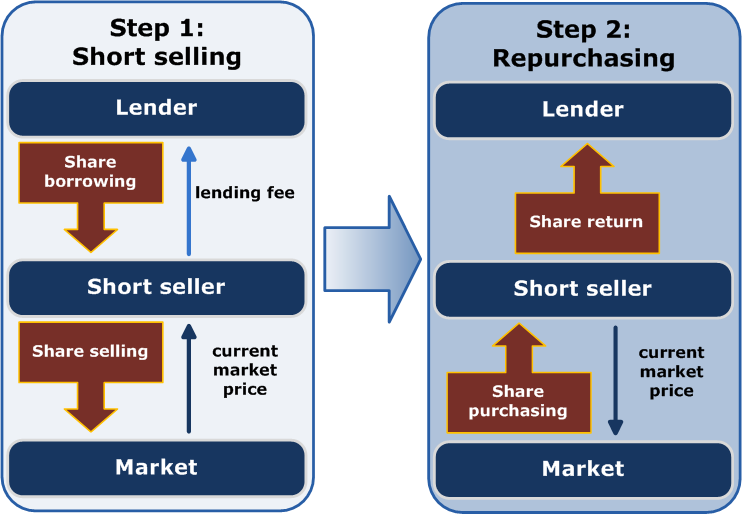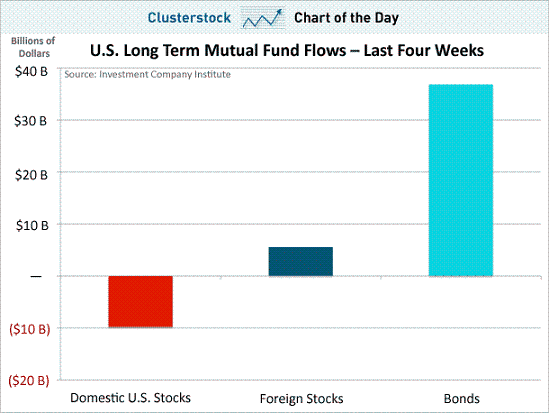Buying and selling mutual fund shares
Post on: 16 Март, 2015 No Comment

Buying
Before you invest a large amount in a mutual fund, ask about the realized gains in its portfolio. If they represent a significant portion of the fund’s net asset value (NAV) and the record date of the next capital gains distribution is near, you may want to delay your purchase until after the record date. Otherwise, you’ll buy the dividend, and that can cost you money in taxes.
Say you invest $5,000 on December 15 (record date), buying 250 shares for $20 each. If the fund pays a distribution of $1 per share on December 16, its share price will drop to $19 (not counting market change). You still have $5,000 in value (250 shares x $19 = $4,750 in share value, plus 250 shares x $1 = $250 in distributions), but you owe tax on the $250 distribution you receivedeven if you reinvest it in more shares. (Note: These new shares have full market-value tax bases, driving up the average basis, a tax benefit the next time you sell.)
To avoid buying a dividend and having to pay current tax on it, check a fund’s distribution schedule before you invest. Keep this in perspective, though: This rule of thumb primarily applies to large lump-sum investments. So evaluate both the size of your investment and the size of the fund’s impending distribution before deciding to hold off buying until after the record date. If the amount you’re investing is fairly small, it may not be worth waiting. And if you make regular investments every month, don’t let buying the dividend derail your program. It’s better to buy the dividend than to fail to invest.
Selling
At some point, you’ll undoubtedly redeem shares from your taxable accounts. When you do, you can lower the net capital gains subject to tax by selling shares from a fund that has lost value at the same time you sell shares in a fund that has gained value. This will allow you to offset the realized capital gains in the second fund with losses in the first. It’s very important to keep in mind that you shouldn’t sell securities or fund shares only for tax purposes.

A common mistake investors make is to sell or exchange shares of a fund simply to avoid receiving a distribution. For example, say you bought 1,000 shares of a fund that cost $10 per share. Two years later, when the shares are worth $12 each, the fund announces it will distribute a $1 long-term capital gain for each share. You can stay in the fund and pay tax on $1,000 in capital gains distributions or redeem your fund shares and pay tax on a long-term capital gain of $2,000.
As the table below shows, it may make sense to hold the investment and pay tax on the fund’s distribution instead of selling your shares and paying tax on your capital gain.
Fund distributions














